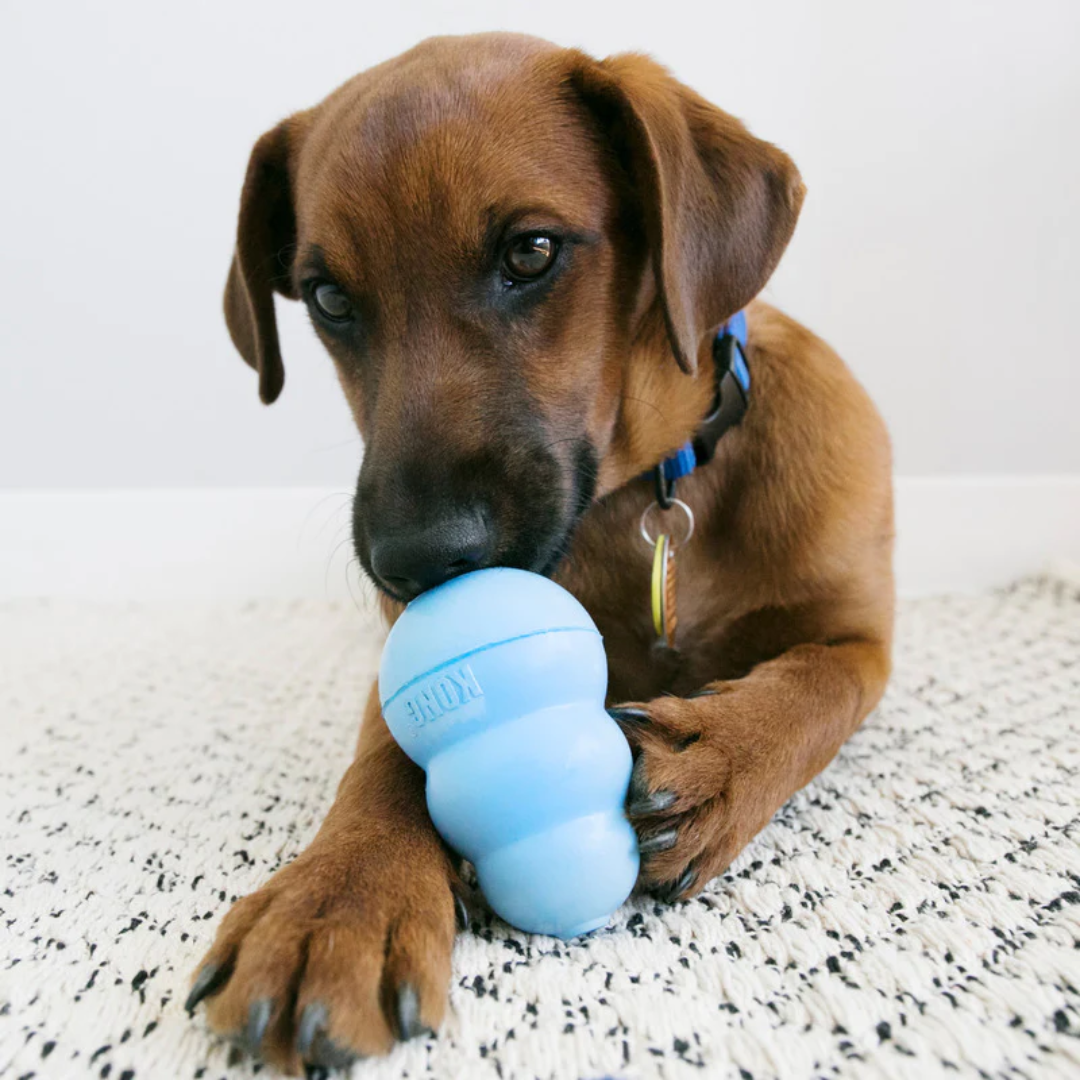There are thousands of dogs in the UK supporting their humans. These amazing dogs can help with mobility and hearing assistance, provide medical alerts and offer emotional and psychological support and so much more.
The difference between Assistance and Therapy Dogs
Assistance dogs are permanently placed with humans with disabilities to assist in their daily life helping them to achieve an improved level of independence and safety. Whereas therapy dogs work in structured and timed therapeutic interventions alongside professionals.
Veterans With Dogs are the first in the UK to specialise in providing trained assistance dogs for Veterans with mental health difficulties.

The team carefully select puppies from initial breeding, for health, temperament, and their potential as future assistance dogs.
Volunteer puppy socialisers play a very important part in the training. They provide the specially-bred puppies with a safe home, take them to training, maintain a healthy diet, provide socialisation opportunities and give lots of love.
Sarah Carter- Veterans with Dogs (Puppy Acquisition ) shared these top tips for training an assistance dog that their 'socialisers' follow
Top Tips
Start Young –
Veterans with dogs socialisers are encouraged to safely take their pups out as young as possible to interact with their surroundings. Sarah explains that this doesn't mean long walks or meeting other dogs, but in fact can be as simple as driving to a relatively busy location and sitting on a bench and allowing the puppy to observe the comings and goings of daily life, whilst being rewarded for appropriate behaviour.
“create better building blocks for solidifying behaviours”
The right socialisation –
Constant meeting and greeting of people or other dogs can actually have a detrimental effect on training as it could cause the puppy to become overwhelmed.
The advice is to aim for good quality interactions for young puppies. Meeting the right people in the right way creates better building blocks for solidifying behaviours, this includes exposure to novel sounds, smells and objects in a safe environment. This helps build confidence in the pups ready for when they come across similar situations in the future.

Image Credit - Veterans with dogs - Image shows Hero Pup Devon
Saying no to saying hello –
Let’s face it we have all been there, It's really hard not to say hello to gorgeous puppies when we see them.
However, Sarah explains that it is really important that their socialisers discourage this!
When qualified, the dogs do the most amazing jobs for Veterans, but in order to do this, the assistance dogs need to give the Veterans 100% of their attention.
If the dog learns from a young age that other people around them are thought of as super exciting, they will be too distracted to support the veteran fully.
“harness also allows those long, gangly, developing limbs from being restricted during movement”
The final tip is making sure the right equipment is used
Veterans with Dogs ensure their puppies are walked using a 'Y' fronted harness. This prevents pressure around the neck area whilst the puppies are still learning to walk nicely on their leads. They choose a harness over a collar and lead as the neck area is quite a sensitive zone with their developing neck bones, glands, and circulatory system. The 'Y' fronted harness also allows those long, gangly, developing limbs from being restricted during movement.
Learn more
If you would like to learn more about the amazing work do and how you can get involved you can visit their website https://veteranswithdogs.uk/our-work
You can also pop along and meet them at Anran Fest https://veteranswithdogs.uk/news/events
Enrichment is important for all dogs and we are delighted to be joining Veterans with Dogs on their stand at the Festival on Saturday 30th July 2022 demonstrating how the
No Fuss Fill® products make Enrichment easier and more fun for dogs and their people.







